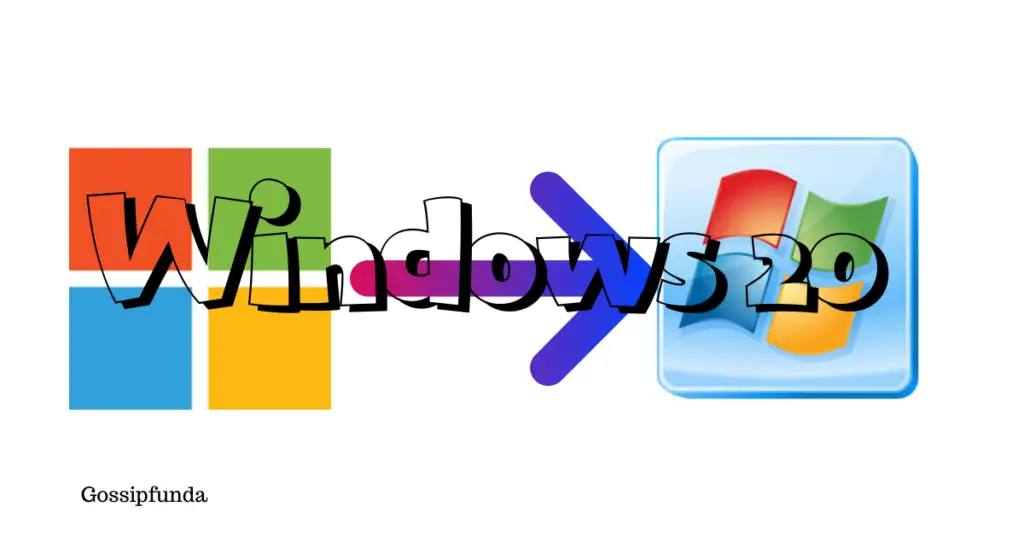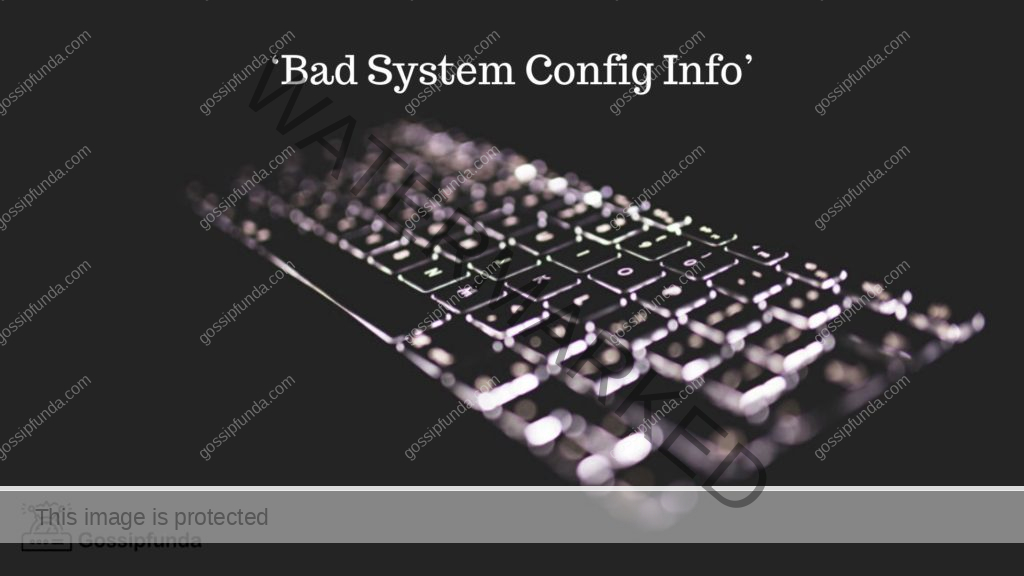For various multimedia programmes and games to function on a Windows operating system, DirectX Runtime is the most important component of software. Developers may access various hardware components including graphics, audio, and input devices in part due to this collection of Application Programming Interfaces (APIs). Multimedia services and games rely on several types of components that are a constituent of the DirectX Runtime package; without them, many programmes may not operate at all or may perform improperly. The following elements, which are necessary for DirectX Runtime to operate properly, will be specified in this article while explaining the significance of having them installed on your machine.
DirectX 9 Components
The DirectX API (Application Programming Interface) technology from Microsoft was upgraded to DirectX 9 in 2002. It was an important modification to DirectX 8, bringing with it a number of improvements and additional functionality that improved their development of mobile applications and video games. The parts of DirectX 9 are as follows:

Direct3D
The 3D graphics rendering in games and multimedia programmes is processed by this component. It renders a full set of tools to developers so they are able to generate 3D models, textures, and other visually pleasing assets and show them on the screen in real-time.
DirectSound
In games and multimedia applications, DirectSound operates audio devices and establishes music and sound effects. It offers a suite of tools for developers that enable creating audio files, navigate loudness, and use audio effects.
DirectInput
In multimedia applications and video games, this component is accountable for governing input devices ranging from keyboards, mouse buttons, and gamepads. It gives programmer’s a selection of tools that allow them to create unusual input profiles, supervise input sensitivity, and use input smoothing.
DirectShow
In games and multimedia applications, DirectShow is in charge of affecting multimedia streams like audio and video. It gives programmer’s a wide variety of tools for constructing unique codecs, overseeing media playback, and recruiting media effects.
DirectPlay
In multiplayer video games, this component is in charge of influencing network communication. It gives programmer’s a broad range of tools to design distinguishing network protocols, manage data transfer speeds, and deal with network error.
DirectSetup
On a Windows system, DirectSetup is in the driver for integrating and upgrading the DirectX runtime components. It gives application developers another set of tools to design unique installation packages, navigate installation sequence, and deal with installation failures from occurring.
DirectX 10 Components
Microsoft’s DirectX API technology, which first came into existence in 2006 with the release of Windows Vista, has subsequently developed into DirectX 10. The design and development of multimedia applications such as games was aided by the provision of various new capabilities and upgrades. DirectX 10 is made up of the following parts:
Direct3D 10:
In video games and other multimedia applications, this component damages 3D graphics. Developers can use any number of tools offered to build 3D models, textures, and other symbolic assets, and it enables real-time manifestation of those assets on the screen. With the integration of brand-new features like geometry shaders and new lighting and shading models, Direct3D 10 makes it possible to manufacture more intricate models.
DirectSound:
In games and multimedia applications, DirectSound administers audio devices and establishes in order music and sound effects. DirectSound was replaced by XAudio2 in DirectX 10, and this allowed programmers access to more sophisticated in nature audio characteristics and improved overall performance.
DirectInput:
In multimedia applications and video games, this component is in accountability for the management input devices consisting of keyboards, mouse, and gamepads. DirectInput was replaced by XInput in DirectX 10, which enabled programmers access to more sophisticated input options and improved GPU performance.
DirectShow:
In games and multimedia applications, DirectShow is in the limelight for overseeing multimedia streams like audio and video. Media Foundation, which offered developers intricate media features and greater performance, took the place of DirectShow in DirectX 10.
Direct2D:
In games and multimedia applications, 2D visuals can be created via this component. Developers may capitalize on the collection of tools it offers to make 2D images, text, and other visual elements, and it enables real-time display of these assets on the screen. In DirectX 10, Direct2D was introduced, and right after DirectX repeated attempts, it was improved.
DirectWrite:
Text rendering in games and multimedia strategies is handled according to DirectWrite. It offers developers a range of tools for producing text of the highest quality with professional typography and layout its distinctive features.
DXGI:
In games and multimedia operations, graphics adapters and displays are managed by DXGI. It permits programmers a selection of tools to monitor more than one demonstration, detect display changes, and query and control graphics hardware.
DirectX 11 Components
The DirectX API technology out of Microsoft was originally released in 2009 as DirectX 11, which is a more modern version. It mentioned several innovations and improvements that improved the creation of multimedia applications and video games. The parts of DirectX 11 are as follows:
Direct3D 11:
The 3D graphics rendering in games and multimedia shows is processed by this component. It offers a suite of tools to developers that ensure that they may produce 3D models, textures, and other visually pleasing assets and demonstrates them on the screen in real-time. Tessellation and compute shaders, two new capabilities added to Direct3D 11, allowed software developers to build higher-level models and deliver non-graphics things on the graphics computing equipment.
DirectSound:
In games and multimedia applications, DirectSound organises audio devices and establishes music and sound effects. DirectSound was replaced by XAudio2 in DirectX 11, thereby providing programmers a connection to more sophisticated audio capabilities and improved running times.
DirectInput:
In multimedia applications and video games, this component is responsible for affecting input devices consisting of keyboards, mouse, and gamepads. DirectInput was replaced by XInput in DirectX 11, which gave software developers a connection to more elaborate selections for input and improved graphics performance.
DirectShow:
In games and multimedia applications, DirectShow is in the midst of monitoring multimedia streams like audio and video. Media Foundation, which offered developers further developed media features and enhanced performance, switched the place of DirectShow in DirectX 11.
Read more: DirectX Error in MW2: Causes and Solutions
Direct2D:
In video games and other multimedia applications, this component transforms 2D graphics. Having the capacity to come up with 2D graphics, text, and other visual elements with a set of tools and indicating them on the screen in real-time is provided to developers. Direct2D had originally been available in DirectX 10 and optimised in DirectX 11.
DirectWrite:
Text rendering in multimedia curriculum and video games is handled by DirectWrite. It offers programmers an abundance of tools for composing text with superior typography and layout features.
DXGI:
In games and multimedia applications, DXGI is in the spotlight for managing graphics adapters and displays. It imparts software developers accessibility to a suite of tools for managing multi-monitor configurations, detecting display changes, and asking questions about as well as controlling graphics hardware.
Conclusion
DirectX is an important component of technology that generates multimedia developers a set of tools and APIs for development of immersive and appealing apps and games. The graphics, audio, input, media, and ensuring features were each enhanced with each new DirectX release from custody. Some of the most commonly heard DirectX versions, which may involve DirectX 9, 10, and 11, offered advanced features and performance improvement suggestions to developers.
While DirectX 12 and newer versions are now available, many programmes and games still rely on these older versions, and their components continue to be absolutely critical in the development of contemporary multimedia. Developers are able to leverage DirectX’s power to build multimedia experiences for users by understanding the elements that make up it.
FAQs
No, Microsoft created a set of APIs called DirectX 11 specifically for Windows-based computers. On operating systems other than Windows, like Linux or macOS, it cannot be installed.
No, not every graphics card is DirectX 11 compatible. A graphics card supporting Shader Model 5.0 or higher is necessary for DirectX 11. Older graphics cards might only be capable of running Shader Model 4.0 or lower, which prevents them from supporting DirectX 11 software.
The answer is that DirectX 11 is backward compatible with earlier DirectX versions. On systems with DirectX 11 installed, applications created with earlier versions of DirectX will still function. However, systems that do not support Shader Model 5.0 or higher might not be able to use all of the DirectX 11 features.
Yes, DirectX 11 may be used on a virtual machine. However, a graphics card that supports Shader Model 5.0 or higher is required, and the virtual machine must be set up to support DirectX 11.
Divyansh Jaiswal is a B.Tech graduate in Computer Science with a keen interest in technology and its impact on society. As a technical content writer, he has several years of experience in creating engaging and informative content on various technology-related topics.
Divyansh’s passion for writing and technology led him to pursue a career in technical writing. He has written for various publications and companies, covering topics such as cybersecurity, software development, artificial intelligence, and cloud computing.
Apart from writing, Divyansh is also interested in exploring new technologies and keeping up with the latest trends in the tech industry. He is constantly learning and expanding his knowledge to provide his readers with accurate and up-to-date information.
With his expertise in both technology and writing, Divyansh aims to bridge the gap between complex technical concepts and the general public by creating easy-to-understand content that is both informative and enjoyable to read.


